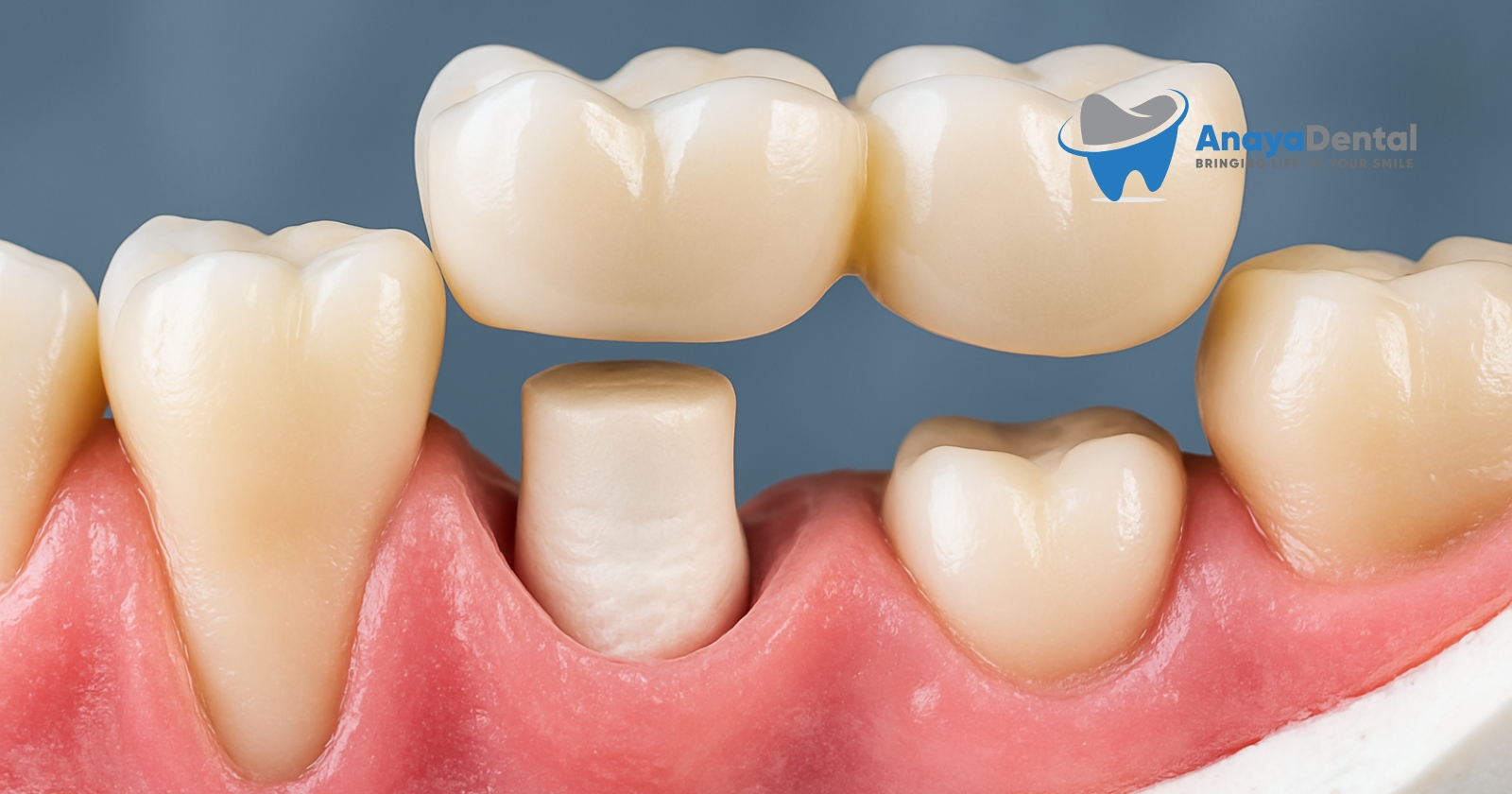Are you facing a tooth extraction and noticed “D7140” on your treatment plan? This specific code might seem like meaningless jargon, but understanding what it means can help you navigate your dental care and insurance coverage more effectively. Let’s explore everything you should know about the D7140 dental procedure code and how it affects your care and finances.
What Exactly Is the D7140 Dental Code?
The D7140 code represents a simple extraction of an erupted tooth or exposed root. In plain terms, this is the standard procedure for removing a tooth that is visible in your mouth and can be extracted without surgical intervention.
When your dentist recommends this procedure, they’re indicating that your tooth:
Try Our Dental Calculators
- Is fully erupted (visible above the gumline)
- Can be removed using dental forceps and elevators
- Doesn’t require surgical flaps, bone removal, or sectioning the tooth
This extraction is considered routine and is among the most common dental procedures performed.
Medical Context: When You Might Need a D7140 Extraction
Understanding the medical reasons behind this procedure helps you make informed decisions about your dental health. Your dentist might recommend a D7140 extraction for several reasons:
Common Reasons for Simple Extractions
- Severe decay that has damaged the tooth beyond repair
- Advanced periodontal disease causing loose teeth
- Dental trauma resulting in irreparable tooth damage
- Orthodontic treatment plans requiring tooth removal to create space
- Primary (baby) teeth that haven’t fallen out naturally
- Impacted wisdom teeth that have fully erupted but cause problems
According to the American Dental Association, approximately 10 million wisdom teeth are extracted from 5 million people in the United States annually, many through simple extraction procedures.
What Happens During a D7140 Procedure?
When you undergo a simple extraction (D7140), you can expect the following steps:
- Examination and X-rays to assess the tooth’s condition
- Local anesthesia administration to numb the area
- Loosening the tooth using an elevator instrument
- Removal with forceps in a controlled rocking motion
- Placement of gauze over the socket to control bleeding
- Post-extraction instructions for proper healing
The entire procedure typically takes 15-30 minutes per tooth, making it one of the quicker dental procedures you might experience.
D7140 vs. Surgical Extractions: Understanding the Difference
Not all extractions are coded as D7140. It’s important to understand the distinction between simple extractions and more complex procedures:
| Procedure Type | Code | Description | When It’s Used | Average Duration |
|---|---|---|---|---|
| Simple Extraction | D7140 | Removal of erupted tooth or exposed root | Visible, accessible teeth | 15-30 minutes |
| Surgical Extraction | D7210 | Removal requiring elevation of flap and bone removal | Impacted or broken teeth | 30-60 minutes |
| Soft Tissue Impaction | D7220 | Removal of tooth covered by gum tissue | Partially erupted teeth | 30-60 minutes |
| Partial Bony Impaction | D7230 | Removal when tooth is partially covered by bone | Some wisdom teeth | 45-90 minutes |
| Complete Bony Impaction | D7240 | Removal when tooth is completely covered by bone | Fully impacted teeth | 60-120 minutes |
Your dentist determines which procedure code applies based on the complexity of your specific case.
Financial Information: What You Can Expect to Pay
The cost of a D7140 procedure varies based on several factors, including geographical location, the specific tooth being extracted, and your insurance coverage.
Average Cost Ranges
- Without insurance: $150-$400 per tooth
- With insurance coverage: $30-$150 out-of-pocket cost (after insurance)
- Wisdom teeth: May cost 20-30% more than other teeth
Payment Options for Your D7140 Extraction
Insurance Coverage
Most dental insurance plans cover simple extractions at 70-80% after deductibles, categorizing them as “basic procedures.” However, coverage details vary significantly between plans.
Advantages:
- Reduces immediate out-of-pocket expenses
- Often includes follow-up care
Disadvantages:
- May have waiting periods for new policy holders
- Annual maximums might limit coverage for multiple extractions
Dental Discount Plans
These alternative plans offer reduced rates for dental procedures through participating providers.
Advantages:
- No annual maximums or waiting periods
- Immediate discounts of 15-50%
Disadvantages:
- Requires upfront membership fees
- Limited provider networks
Financing Options
Many dental offices offer payment plans or work with third-party financing companies.
Advantages:
- Spreads cost over several months
- Some offer interest-free periods
Disadvantages:
- May require credit approval
- Interest charges can increase total cost
Health Savings Accounts (HSAs) and Flexible Spending Accounts (FSAs)
These tax-advantaged accounts can be used for qualified dental expenses.
Advantages:
- Uses pre-tax dollars
- Reduces overall cost through tax savings
Disadvantages:
- Requires account setup through employer
- FSA funds may have “use it or lose it” provisions
Recovery After Your D7140 Procedure
Understanding what to expect during recovery helps ensure successful healing:
- First 24 hours: Keep gauze in place for 3-4 hours, applying gentle pressure. Avoid rinsing, spitting, drinking through straws, smoking, or consuming hot liquids.
- Days 1-3: Expect some swelling and discomfort. Apply ice packs for 15 minutes at a time and take prescribed pain medication as directed.
- Days 4-7: Gentle salt water rinses can begin 24 hours after the procedure. Most patients return to normal activities within 48-72 hours.
- Week 2: The extraction site begins to close and fill in with new tissue.
Important: Contact your dentist if you experience severe pain, excessive bleeding, or signs of infection (fever, pus, or increased swelling after 3 days).
Potential Complications to Be Aware Of
While D7140 extractions are routine, being informed about possible complications helps you seek timely care if needed:
- Dry socket occurs in approximately 2-5% of extractions when the blood clot dislodges prematurely
- Infection affects roughly 3% of patients following extractions
- Nerve damage is rare in simple extractions but more common in lower molar removals
- Sinus issues may occur with upper molar extractions that communicate with sinus cavities
Quick Review: D7140 Dental Code Essentials
- D7140 defines a simple extraction of an erupted tooth or exposed root
- Common reasons include severe decay, periodontal disease, trauma, and orthodontic treatment
- Procedure involves local anesthesia and removal using specialized instruments
- Costs range from $150-$400 without insurance, with insurance typically covering 70-80%
- Recovery timeline is generally 7-10 days for initial healing
- Payment options include insurance, discount plans, financing, and tax-advantaged accounts
Understanding the D7140 dental code helps you better navigate both the clinical and financial aspects of your dental care. Always discuss any questions or concerns with your dental provider before your procedure.


